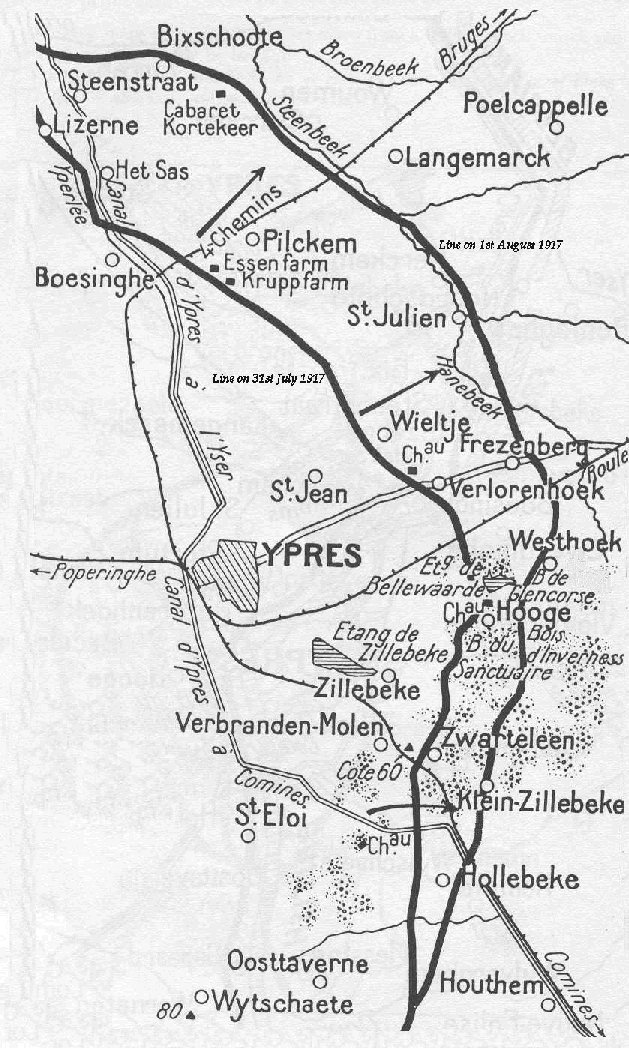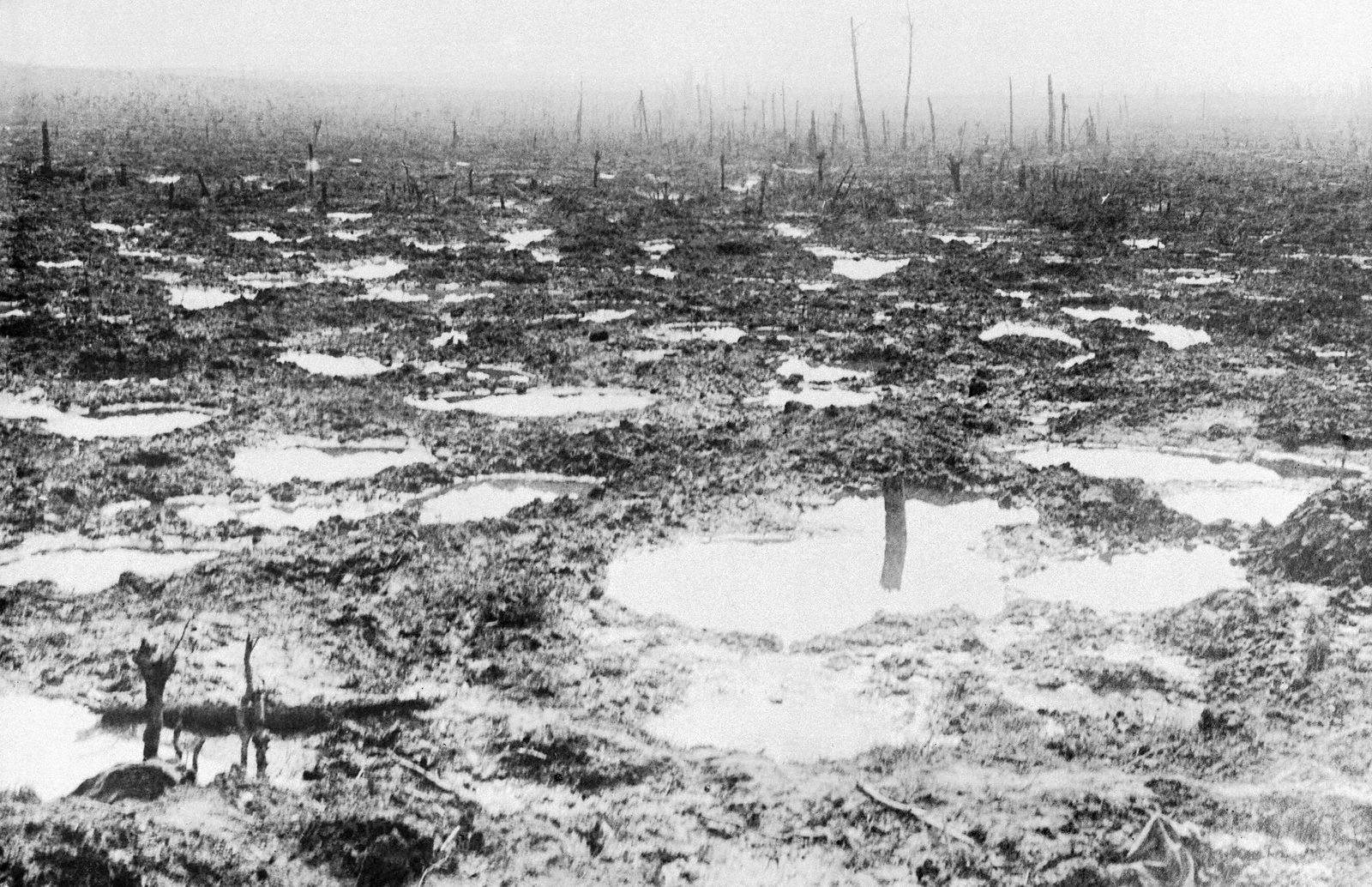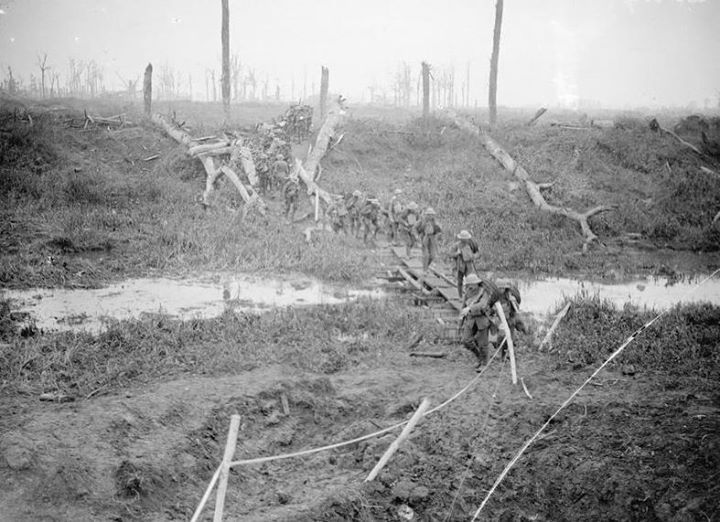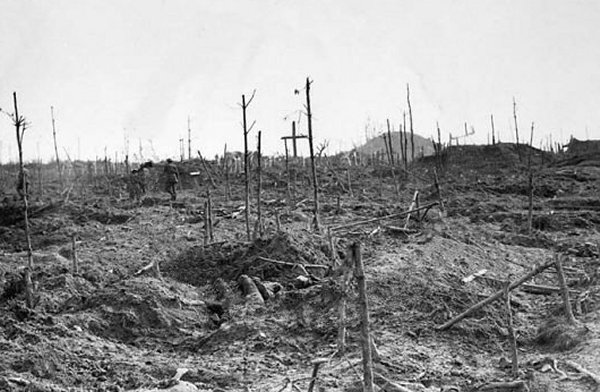The Third Battle of Ypres Begins : July 31, 1917

July 31, 1917: The British launch a major offensive directed towards the village of Passchendaele, thirten kilometers north-east of Ypres, Belgium. The Allied commanders and political leaders were deeply divided on whether the offensive was necessary but Field Marshal Douglas Haig pushed strongly for it. He believed that a major offensive in 1917 would seriously weaken the German forces, and take pressure off the French army, where many units had muntined. He pointed to the victories the Canadians, Australians and British had achieved at Vimy and Messines Ridge. In each case superb planning and successful execution had driven the Germans back and caused over 60,000 German casualties. He felt that there was no reason an attack at Passchendaele should not have equally positive results. Haig also hoped that a successful drive to the Belgian coast would capture key German U-Boat bases. By mid-1917 the U-Boats had driven Britain close to the starvation point. Capturing the German bases in Belgium would force the U-Boats to operate from German ports further away, limiting their attack range.

What Haig did not consider was the terrain, the weather, and the nature of the German defences. The land around Passchendaele was extremely flat with very poor drainage. The area was cross-crossed with rivers, streams and drainage canals. As well, the Germans had prepared extensive defences-in-depth with multiple trench lines, concrete strongpoints, massed machine guns and artillery and reserve defences extending back over 11 kilometers. This meant that a creeping barrage would be less successful. Due to the number of trench lines to be attacked and the depth of the German defences, an artillery bombardment would have to be spread over a larger area, making it less effective. In addition, the Germans controlled a series of low ridges which gave them an excellent view of all Allied movements. The weather was also likely to be an issue. In 1915 and 1916 there had been heavy rains and cold temperatures through the fall, followed by an unusually long, cold wet winter. The same could be expected by October, 1917.
On July 31st the British commenced the offensive with an attack at Pilckem Ridge. After initial success German counter-attacks cost the British half of their gains and 70 per casualties. Attacks on August 2nd had even less success with strong German counter-attacks.Further attacks on August 16 to 18 at Langemark suffered the same fate. Initial British gains were wiped out by heavy German artillery fire and fierce counter-attacks. When the Germans tried to penetrate the British lines, they too suffered heavy losses from massed artillery fire. In less than a month the British suffered 70,000 casualties for a small gain. German losses were equally high.

